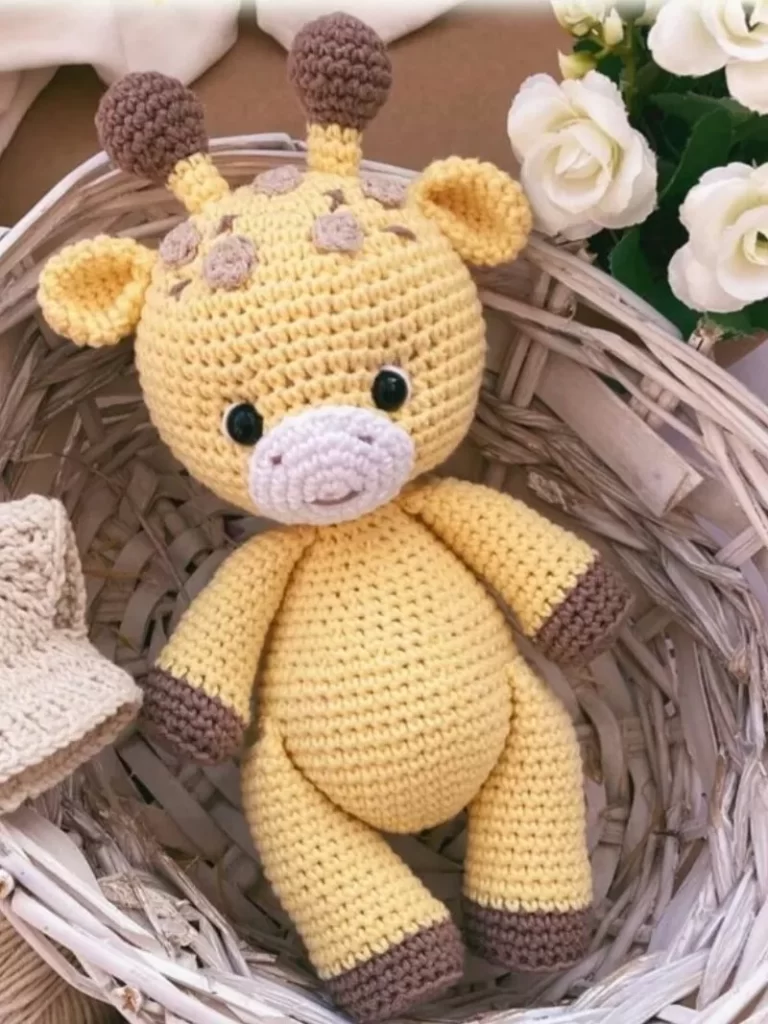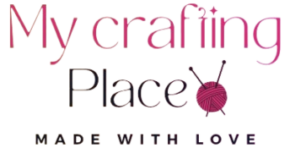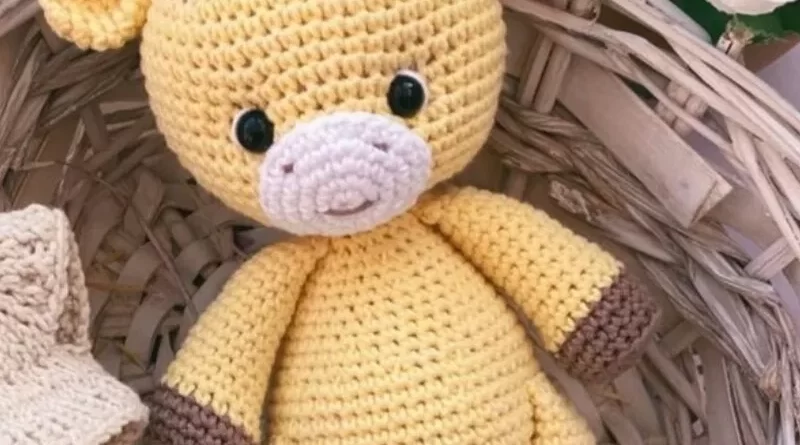Crochet giraffe amigurumi
The world of crafts has always been a realm of creativity and personal expression. Recently, the emergence of amigurumi, a Japanese art form of knitting or crocheting small stuffed animals and creatures, has gained significant popularity, because among them, the crochet giraffe amigurumi stands out for its charm and versatility. This article explores how crafting such delicious items can be turned into a thriving entrepreneurial venture, turning passion into profit.
Amigurumi, derived from the Japanese words “ami” (meaning crochet or knitted) and “nuigurumi” (meaning stuffed doll), represents a delightful fusion of art and craft. The crochet giraffe amigurumi, with its playful design and intricate details, captures the essence of this art form. Creating a giraffe amigurumi requires skill, patience, and a keen eye for detail, making it a prized item for crafters and collectors alike.
For many, creating amigurumi is more than a hobby; It’s a passion. The process of selecting the perfect yarn, creating unique patterns, and bringing an adorable giraffe to life offers immense satisfaction. This passion is the foundation on which many artisans build their entrepreneurial journey, because by dedicating time and effort to perfecting their craftsmanship, these artisans are able to produce exclusive, high-quality products that stand out in the market.

How to make an amigurumi giraffe
Here’s a beginner’s guide to your giraffe. This is not a complete pattern, but a general guide to help you understand the construction. Head and Body: Start with a magic ring and work in continuous rows. Increase the amount evenly to form a sphere for the head, then transition to a slightly larger sphere for the body. Snout: Crochet a smaller oval and attach it to the lower front of the head. Add embroidered nostrils if desired. Ears and Horns (Ossicones): Make two small triangles for the ears and two tubes for the ossicones. This will give your giraffe its iconic look. Arms and Legs: Short cylinders, lightly filled, and sewn together on the sides and bottom. Tail: A small piece of yarn or braided cord with a fringe on the end. Stitches: Create flat circles and randomly sew them onto the body. Assembly is the final step—sew each part together carefully and firmly. The giraffe comes to life when the face and small details are added.
Materials needed to make a giraffe amigurumi
To get started making your own giraffe amigurumi, you don’t need a mountain of supplies. Most of what you’ll need can fit into a small bag: Yarn: Choose a combed cotton or acrylic yarn in your desired colors. Traditional yellow and brown work well, but pastels or rainbows can be just as charming. Hook: A 2.5mm to 3.5mm crochet hook, depending on the thickness of your yarn. Safety eyes: 6mm or 8mm plastic safety eyes are common, but you can also embroider eyes for smaller children. Stuffing: Polyester fiberfill works best for a soft, pliable finish. Tapestry needle: For sewing the pieces together and weaving in the ends. Stitch marker: Useful for keeping track of rows. Additional accessories include a ribbon around the neck, a small crocheted flower, or even a bell inside for babies.
I learned most of what I know from other crafters. Facebook groups, YouTube channels, and crochet forums are goldmines of information. Ask questions, share your progress, and don’t be afraid to post your failures along with your successes. As your skills improve, so does your business potential. Consider offering custom giraffes, creating themed collections, or even writing your own pattern to sell. The craft community thrives on generosity and collaboration. The more you give and share, the more your brand will grow organically.
Determining the right pricing strategy is vital to the sustainability of a craft business. The price should reflect the time, effort and materials involved in creating each crochet giraffe amigurumi. Furthermore, you must consider the value perceived by customers. Entrepreneurs must balance accessibility with profitability, ensuring their products are affordable while at the same time adequately compensating their work and creativity.
Networking and collaboration
Building a network within the craft community can provide valuable support and opportunities for growth. Collaborating with other artisans, participating in craft fairs and participating in online forums can help entrepreneurs gain exposure and learn from others’ experiences. These connections can lead to joint ventures, discounts on bulk purchases, and shared marketing efforts, all of which can increase business success.
As the demand for crochet giraffe amigurumi grows, managing production and scaling the business becomes crucial. Entrepreneurs should develop efficient production processes, maintain quality control, and consider hiring additional help if necessary. Scaling also involves expanding product lines, exploring new markets, and continually innovating to stay ahead of competitors. Strategic planning and adaptability are fundamental to sustainable growth.
In conclusion, turning your crochet giraffe amigurumi craft into a thriving business is a testament to the power of creativity and entrepreneurship. By combining passion, skill and strategic planning, artisans can build successful ventures that bring joy to creators and customers alike. As the demand for unique, handmade items continues to grow, the future looks bright for those who dare to turn their artisanal passions into entrepreneurial ventures.
So, let’s improve?
If you’re looking for a way to start a business and make a profit from crocheting, crochet giraffe amigurumi is a great option. So, let’s improve your knowledge even further? How about you check out this link? I emphasize that the credits for the images and model content go to the official website.
Access the free tutorial: Crochet giraffe amigurumi


